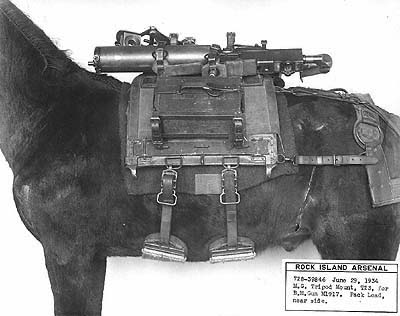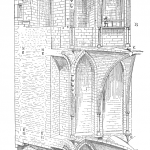Reader BG Hearns writes: “While your link to the 1916 pack manual is of historical interest, what you ought to know is that low-tech packing has advanced considerably over that publication and anyone who wishes to pack with animals should know that there are much superior options available today. The manual describes a very difficult to use piece of equipment that is so easy to get wrong that only a few experts could ever use it properly.
What your readers ought to know is that in 1924, the US army adopted the Phillips Pack Saddle which was much simpler and easier to use. Other advances in pack saddles since then are the Decker style (more) and the Canadian saddle pack, neither of which require complex knots, both of which incorporate simple, effective new design ideas, and both of which could be easily made in a small shop. Perfect for low-tech affictionados.”
Thanks for the note, BG. I have added some more links to your comment.






